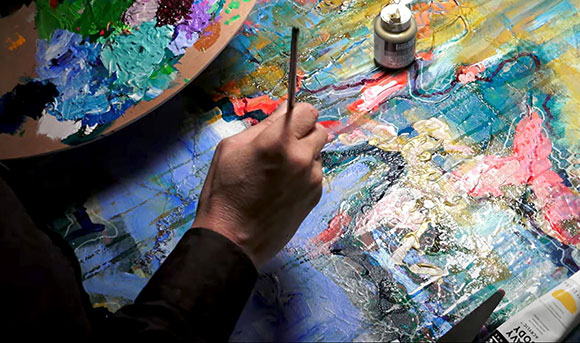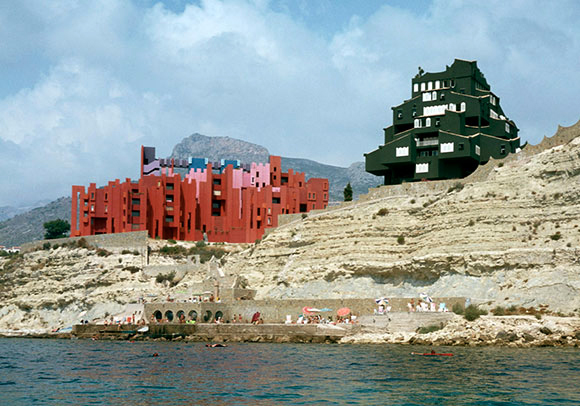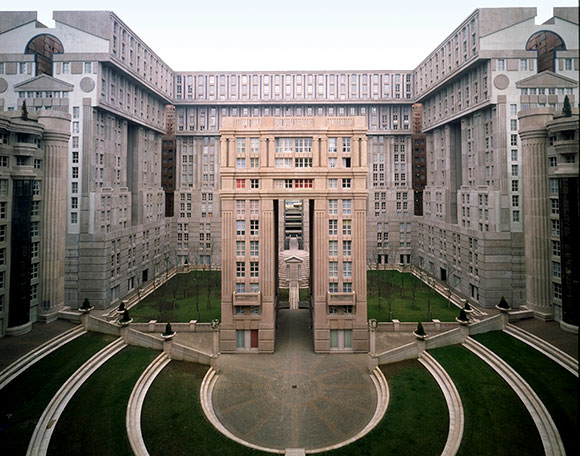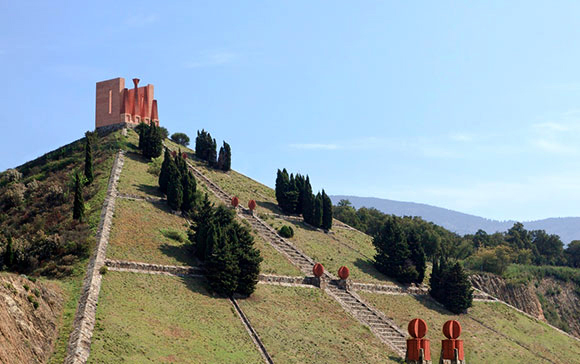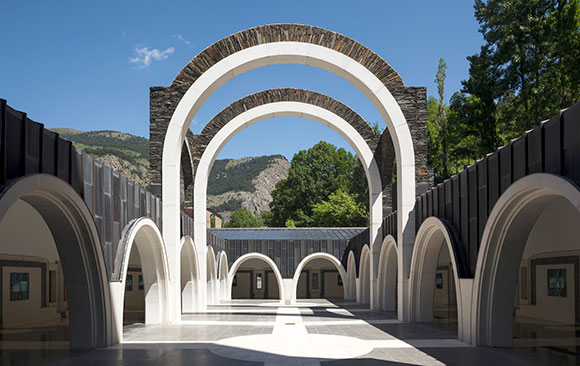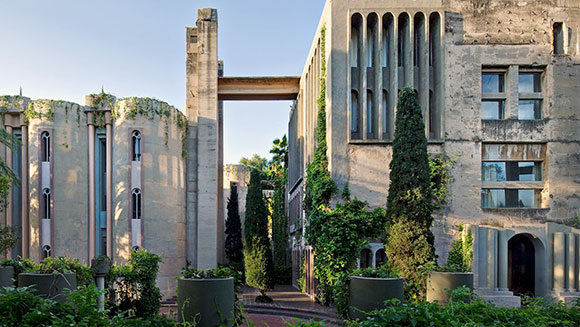#213: AN INTERVIEW WITH VOYAGE LA
In progress, Anthony Poon (photo by Grant Bozigian)
VoyageLA, the flagship publication of the Voyage Group of Magazines, takes a fresh approach to media, within multiple cities across the country. With stories on artists, entrepreneurs, underdogs, and risk takers, VoyageLA states, “We respect people and organizations that take the path less traveled.” Below are edited and abridged excerpts from my interview with VoyageLA.

VoyageLA: Hi Anthony, it’s an honor to have you on the platform. Thanks for taking the time to share your story with us – to start maybe you can share some of your backstory with our readers? How you started and how you got to where you are today?
Anthony Poon: At age five, I created my first large scale work of art. As my mother prepared a meal in the kitchen, I grabbed my crayons and drew a landscape mural on the large wall that went up our staircase. This ambitious work from a young eager artist was completed in 20 minutes. My parents did not know whether to scold me for vandalism or praise me for an impressive burst of creativity.
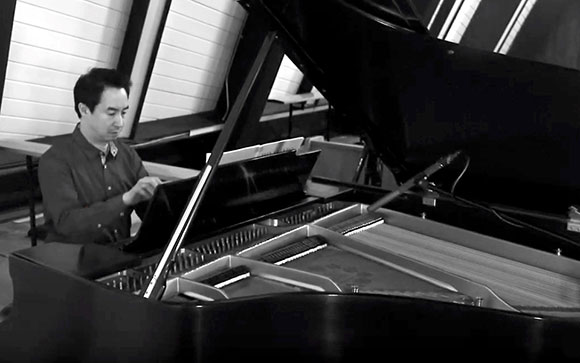
I graduated from college with a Bachelor of Arts in architecture and a secondary emphasis in music, and relocated to New York City, living in Chelsea—then a mostly abandoned part of town, now one of the centers of the universe. Life doesn’t offer us very many stark choices. But decades ago, one very late night in my cramped studio apartment, I faced such a choice. I clenched two graduate school applications: one for The Juilliard School of Music and the other for Harvard University’s Graduate School of Design. I had to decide which of my passions would eventually become my vocation: music vs. architecture
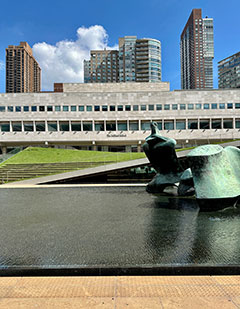
Music was my first passion. Since age 6, my goal was to be a world-class concert pianist. I spent years and years practicing piano, composing music, studying composers, and performing recitals. When I put pen to paper, it was often to mark notes, chords, melodies, and harmonies. I wanted to play for the world.
I was also one of those kids drawn to Legos. I created cars, planes, robots, and of course, buildings. As I grew older, my visions for physical structures were captured in pencil, in paint, clay, cardboard, in any form of material I could get my hands on. I dreamed of places for people to live, to grow, to fall in love, and to find meaning in their existence. I sculpted worlds of peace and progress. Of intention. I wanted to shape the world.

On that night in 1987, I had to choose.
I pondered how many famous pianists I could name, I could only come up with a short list: Rubenstein, Horowitz, Serkin, and just a few more. The odds of my making that short list seemed slim. Yet there are hundreds of successful architects in every city. I figured that I could be a practicing architect and still practice music. But not the other way around. I could not be a concert pianist and also lead an architecture firm.
And so I chose architecture. I still play the piano nearly every day, whether it is a small bit of Brahms and Bach, or Rodgers and Hammerstein for my daughters to sing and dance. My choice of one passion didn’t negate the other. Indeed, the passion not chosen continues to inform the other.
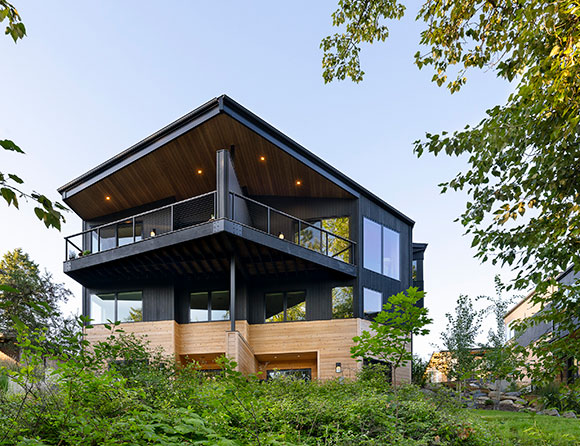
VoyageLA: Would you say it’s been a smooth road, and if not what are some of the biggest challenges you’ve faced along the way?
Anthony: As an architect, author, artist, and musician—as an individual madly driven to create—the road is more akin to a roller coaster than that of a smoothly paved freeway. Besides the obvious struggles to have an income and sustain an authentic life of artistry, challenges also come from finding meaning and essence in the work, being recognized for my pursuits, wondering if I am truly talented, competition in the space, and not just finding one’s voice, but one’s audience.
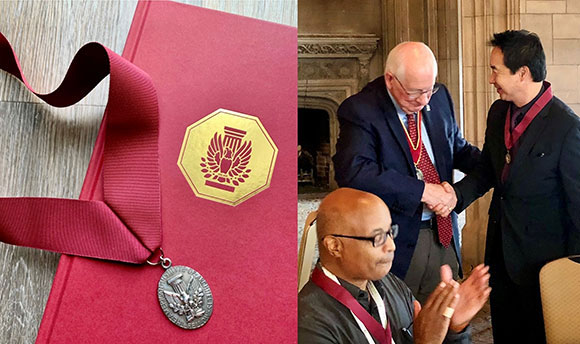
VoyageLA: Can you tell our readers more about what you do? What are you most proud of?
Anthony: As an architect, one of my greatest achievements took place at the 2022 national AIA convention in Chicago, where I was admitted into the prestigious College of Fellows of the American Institute of Architects, with President Obama as keynote speaker. The FAIA medal represents “exceptional contributions to architecture and society nationally”—an honor bestowed on less than 3% of the national industry.
As an author, my published books and articles provide me a platform to voice my artistic spirit. Of all my writings, I am most proud of my debut 2022 novel, Death by Design at Alcatraz, an architectural thriller examining ego and arrogance within the creative process. Having adapted my story to a screenplay called Death by Architecture, Scriptapalooza 2025 recently honored my work in their Top 30 best scripts out of over 4,000 international projects.
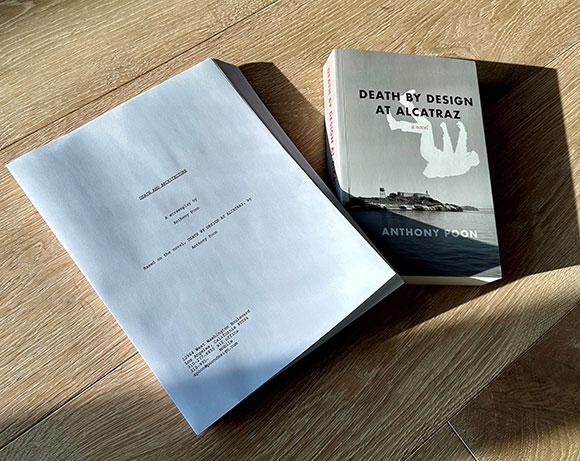
VoyageLA: If we knew you growing up, how would we have described you?
Anthony: I like to stay busy. I have many interests, hobbies, and fields of pursuit. I paint, photograph, collage, and sculpt. I play the piano and once in a while compose music. I write essays, publishing here and there. I even scrapbook, garden, tie dye, and make furniture.
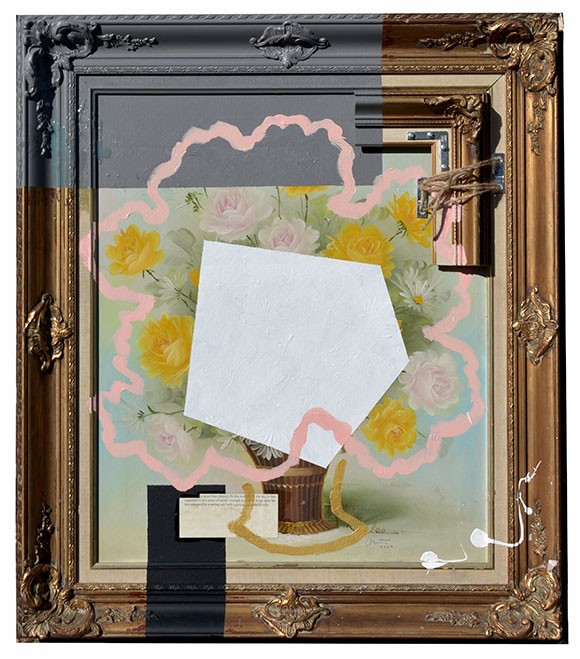
Podcaster Josh Cooperman once asked, “Of your various activities, what creative pursuits do you like best?”

Akin to the challenges of identifying one’s favorite rock band or flavor of ice cream, there is no reasonable answer. Do I like playing a Beethoven piano sonata more than writing a position article on the design industry? Do I enjoy working on a large mixed-media art piece more than designing a Buddhist temple?
I don’t see any such exercises as independent from each other. Artistic endeavors are not discrete. All my investigations, experiments, and yes, failures too, fall under the shelter of a single umbrella, a simultaneous effort—that of a creative voyage with no starting point and excitingly, no end in sight.
When one plant species pollinates another, the cross pollination creates new varieties of plant life. So too should all forms of artistic study and all mediums of imagination and expression. Music, painting, writing, architecture, and so on. For me, it is all one artistic gesture—interconnected, intertwined, inseparable.

